
HDL (high-density lipoprotein) is the kind of cholesterol that benefits your body and helps sweep out harmful LDL (low-density lipoprotein). While medications exist, lifestyle changes can also cause a positive change. These 10 practical, science-backed changes can help increase your HDL without disrupting your entire routine.
Eat Purple Foods Often

Aim for one purple serving daily, either raw or lightly cooked, to preserve nutrients. Purple foods pack potent anthocyanins that improve HDL levels. Regular eggplant, blackberries, purple grapes, and purple cabbage servings can significantly increase good cholesterol levels.
Walk Like It Matters
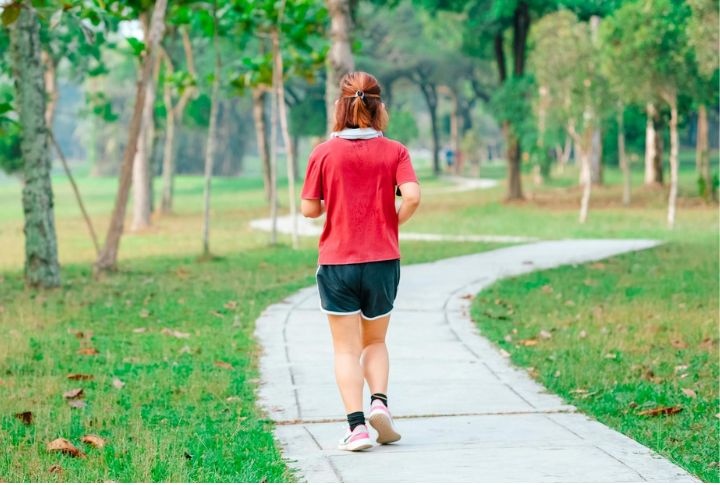
Thirty minutes of daily brisk walking (about 3.5 mph) helps raise HDL cholesterol. Breaking this into three 10-minute walks works just as well. Aim for 7,000-10,000 steps daily – track your progress and gradually increase your pace for better results.
Add Fatty Fishes

Sardines, salmon, and mackerel are good choices and don’t always cost much. Canned versions also work fine, but skip the fried fillets and focus on grilled or baked. Omega-3s improve your cholesterol without needing supplements. Try a fish meal once or twice a week and monitor your results.
Avoid Smoking Or Quit Now
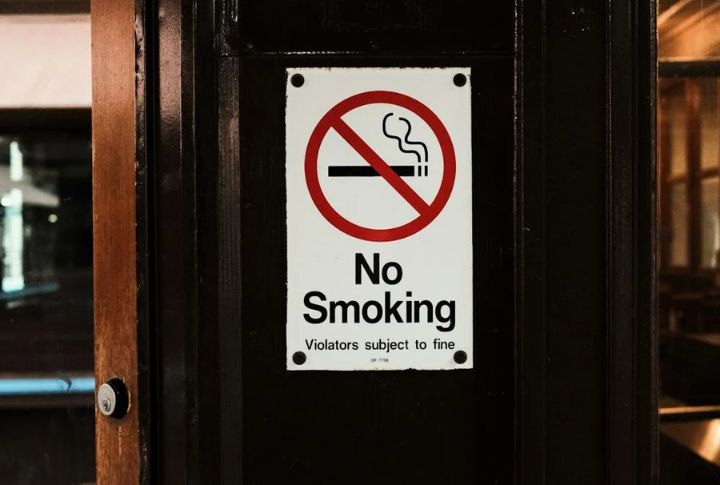
Smoking lowers HDL and damages blood vessels. Even secondhand smoke can reduce HDL by 5%. Within 6 weeks of quitting, the damage can be reversed faster than most expect. So, use patches, gums, or professional help—whatever works. Nicotine replacement therapy significantly improves cessation success.
Use Coconut Oil In Moderation
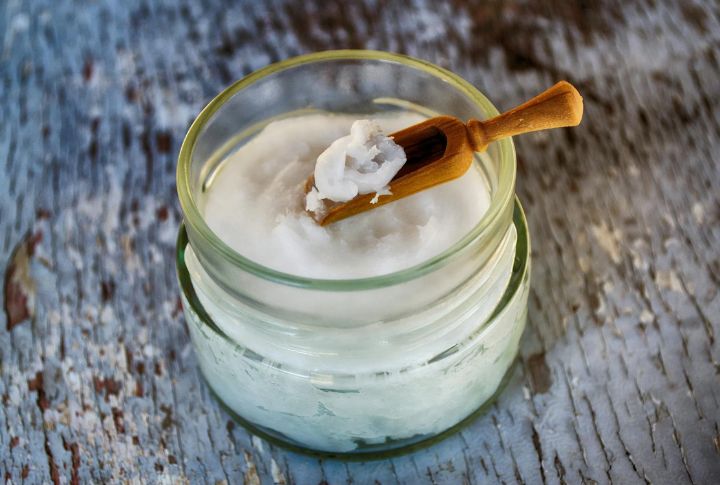
Coconut oil contains medium-chain fats, which may help increase good cholesterol. Go for virgin, unrefined oil, and add it to cooking or smoothies; it comes with less processing and more benefits. Don’t overdo it, though. While it may support healthy cholesterol levels, it’s still high in saturated fat. Limit intake to one tablespoon daily.
Take Alcohol Strategically

One daily alcoholic drink can increase HDL by 4-8%. The ethanol effect peaks at 30g daily (two drinks for men) or 15g (one drink for women). So, drink cautiously or not at all. Heavy drinking reverses these benefits, dropping HDL and significantly raising triglycerides.
Strength Train Twice A Week

Lifting weights helps more than just muscles; resistance workouts can improve HDL. Incorporate your own body weight, resistance bands, or weights. Focus on big movements like squats or rows. Two short sessions a week already make a difference.
Cut Sugar From Drinks
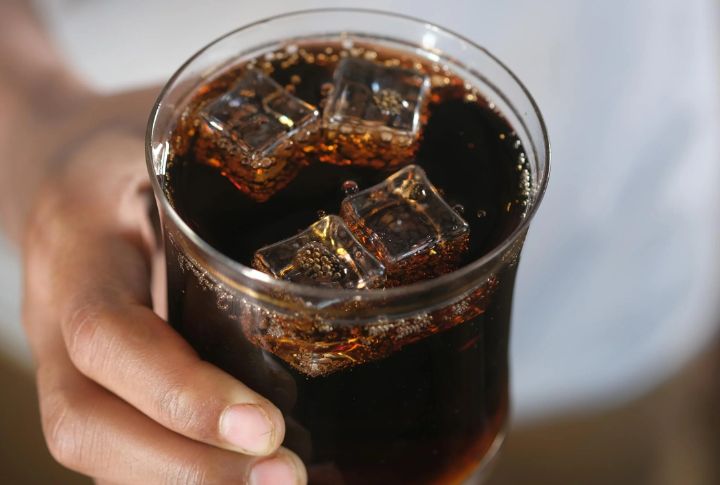
Cut out the sweet drinks before you worry about chips. Sodas and teas loaded with sugar hit harder than you think. Read every label—even ‘natural’ juices spike blood sugar. Try sparkling water with citrus instead. Hydrating better with just water also improves other markers like blood pressure and triglycerides.
Sleep Tight

Poor sleep throws off your cholesterol profile, including HDL. Late-night meals and inconsistent bedtimes interfere with metabolism and hormone balance. You should aim for 7–8 hours and avoid midnight snacking. Your body resets during deep sleep, including the systems regulating your blood lipids.
Choose Whole Grains
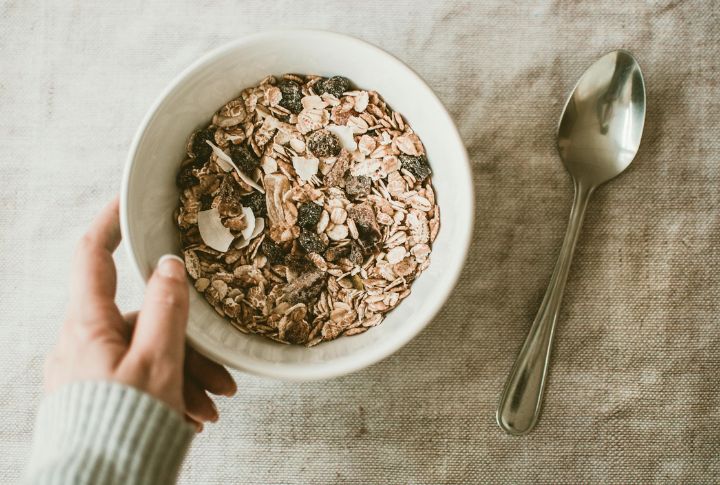
Whole grains help HDL rise. Focus on foods like oats, barley, and brown rice. Don’t load up—stick to balanced portions. Instant packets often contain hidden sugars, so prep your own when possible. Fiber from whole grains improves digestion, too, which supports cholesterol balance.

